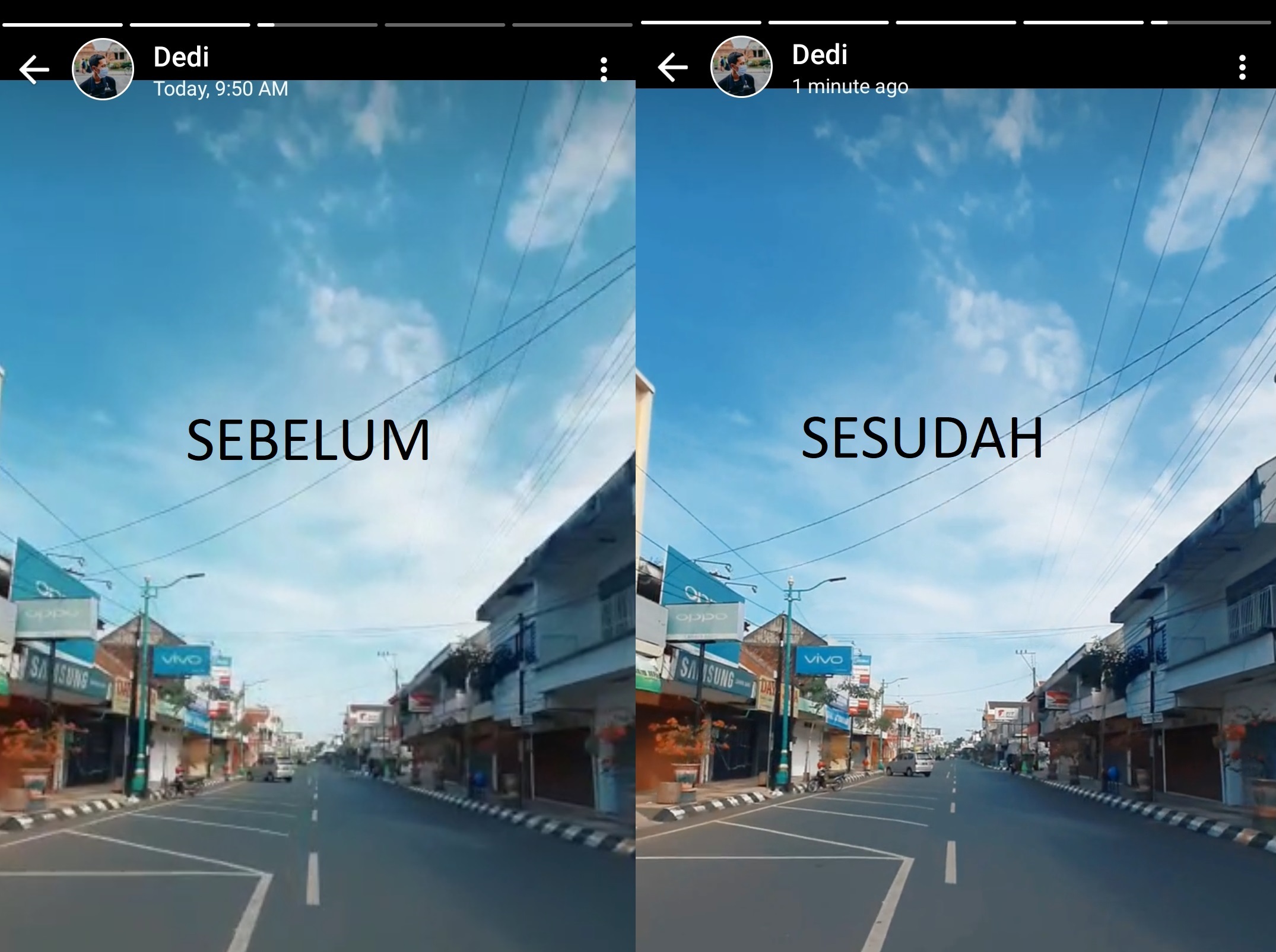
Take Profit in Forex
Understanding the Benefits and Risks of Take Profit in Forex Trading
Kaum Berotak, welcome to our article on Take Profit in Forex Trading. As you may know, forex trading is one of the most popular investment options worldwide, with trillions of dollars exchanged daily. However, forex trading is also a high-risk investment, with many traders losing money due to poor trading decisions.
One way to minimize risk and maximize profits in forex trading is to use Take Profit (TP) orders. In this article, we will explore what TP is and how it works, as well as its advantages and disadvantages, and provide guidance on how to use TP effectively. Let’s get started.
What is Take Profit in Forex?
Take Profit is a type of order used in forex trading to close a trade automatically when the price reaches a specific level of profit. Essentially, it is a predetermined exit point that helps traders lock in profits without having to monitor the market constantly. TP orders are commonly used by both beginner and experienced traders to manage their positions and control their risk.
Using a TP order is relatively simple. When you open a trade, you set a TP level that represents the profit you want to take from the trade. Once the price reaches that level, the trade will be closed automatically, and your profit will be realized. This means that you can set a TP order and then walk away from your computer, knowing that your trade will be closed automatically when the TP level is reached.
Advantages of Take Profit in Forex
There are several advantages to using TP orders in forex trading:
| Advantages | Emoji |
|---|---|
| Minimizes risk | ?️ |
| Locks in profits | ? |
| Saves time and effort | ⏱️ |
| Provides discipline and structure to trading | ? |
Minimizes risk
TP orders can help minimize risk by allowing you to lock in profits and limit your losses. By setting a TP level, you ensure that you exit the trade at a predetermined profit level, even if the market turns against you. This helps you avoid holding losing positions for too long, which can lead to significant losses.
Locks in profits
One of the most significant advantages of TP orders is that they help lock in profits. By setting a TP level, you ensure that you exit the trade at a specific profit level, even if the market continues to move in your favor. This helps prevent greed from clouding your judgment, as it is easy to get carried away and hold on to profitable trades for too long, hoping to make even more money.
Saves time and effort
TP orders can save you time and effort by allowing you to automate your trading. Instead of having to monitor the market constantly and make decisions on when to exit a trade, you can set a TP order and let it run. This frees up your time and mental energy to focus on other aspects of trading, such as analyzing the market and finding new opportunities.
Provides discipline and structure to trading
Using TP orders can provide discipline and structure to your trading, helping you avoid impulsive decisions and emotional trading. By setting a TP level before entering a trade, you know exactly what your profit target is and can plan your trades accordingly. This helps you stay focused on your trading plan and avoid making rash decisions that can lead to losses.
Disadvantages of Take Profit in Forex
While TP orders can be beneficial for forex traders, there are also some disadvantages to consider:
| Disadvantages | Emoji |
|---|---|
| Can limit profits | ?? |
| May cause premature exit from trades | ⏱️❌ |
| May not work in volatile markets | ?️ |
| Can be subject to slippage | ? |
Can limit profits
One of the main disadvantages of TP orders is that they can limit your profits. If the market continues to move in your favor beyond your TP level, you may miss out on additional profits. This can be frustrating, especially if you are a more aggressive trader who is willing to take on more risk to maximize your profits.
May cause premature exit from trades
TP orders can also cause premature exits from trades, especially if the market is volatile or moves quickly. If the price reaches your TP level and then quickly bounces back in the other direction, you may miss out on additional profits. This can be frustrating and may cause you to second-guess your trading decisions.
May not work in volatile markets
TP orders may not be suitable for all market conditions, especially in highly volatile markets. In these situations, price movements can be rapid and unpredictable, making it challenging to set a TP level that is appropriate. In these cases, it may be better to use other risk management techniques, such as stop-loss orders or trailing stop-loss orders.
Can be subject to slippage
TP orders can also be subject to slippage, which is the difference between the expected price of a trade and the actual price at which the trade is executed. Slippage can occur during periods of high volatility or low liquidity, and can cause you to exit a trade at a different price than you expected. This can result in unexpected losses or missed profits.
How to Use Take Profit in Forex Effectively
Now that we have explored the advantages and disadvantages of TP orders, let’s discuss how to use them effectively:
Set realistic profit targets
When setting a TP level, it is essential to be realistic about your profit targets. Setting overly ambitious profit targets can lead to disappointment and frustration, as well as missed opportunities for profits.
Consider market conditions
Take market conditions into account when setting a TP level. If the market is highly volatile, you may want to set a wider TP level to give your trades more room to move. Conversely, if the market is stable, you may want to set a narrower TP level to lock in profits more quickly.
Use technical analysis
Use technical analysis to identify potential entry and exit points for your trades. Technical analysis can help you identify price levels that are likely to act as support or resistance and can be used to set TP levels accordingly.
Monitor your trades
Even if you have set a TP order, it is still essential to monitor your trades regularly. The market can change quickly, and unexpected events can occur that may affect your trades. By monitoring your trades, you can make adjustments as necessary and ensure that you are maximizing your profits.
Combine with other risk management techniques
Consider combining TP orders with other risk management techniques, such as stop-loss orders or trailing stop-loss orders, to manage your risk effectively. By using these techniques together, you can minimize your losses and maximize your profits.
FAQs
1. What is a TP order?
A TP (Take Profit) order is a type of order used in forex trading to close a trade automatically when the price reaches a specific level of profit.
2. How does a TP order work?
You set a TP level when you open a trade. Once the price reaches that level, the trade will be closed automatically, and your profit will be realized.
3. What are the advantages of using TP orders?
TP orders can minimize risk, lock in profits, save time and effort, and provide discipline and structure to trading.
4. What are the disadvantages of using TP orders?
TP orders can limit profits, cause premature exits from trades, may not work in volatile markets, and be subject to slippage.
5. How can I use TP orders effectively?
You can use TP orders effectively by setting realistic profit targets, considering market conditions, using technical analysis, monitoring your trades, and combining with other risk management techniques.
6. When should I use a TP order?
You should use a TP order when you want to lock in profits and minimize risk in your trades.
7. Can I change my TP level after opening a trade?
Yes, you can change your TP level after opening a trade if necessary.
8. How do I know what TP level to set?
You can use technical analysis to identify potential exit points for your trades and set TP levels accordingly.
9. Can I use TP orders with other risk management techniques?
Yes, you can use TP orders with other risk management techniques, such as stop-loss orders or trailing stop-loss orders, to manage your risk effectively.
10. Can I use TP orders on all forex pairs?
Yes, you can use TP orders on all forex pairs.
11. How do I know if my TP order has been executed?
You will receive a notification when your TP order has been executed.
12. What happens if the market moves against my TP order?
If the market moves against your TP order, your trade will continue to remain open until you manually close it or another order is triggered.
13. What is the difference between a TP order and a trailing stop order?
A TP order closes a trade at a specific profit level, while a trailing stop order moves with the market and closes a trade if the price moves against the trade by a certain amount.
Conclusion
Kaum Berotak, we hope that this article has provided you with a valuable insight into Take Profit in Forex Trading and how it can help you manage your risk and maximize your profits. Remember, TP orders can be a useful tool for traders, but they are not a guarantee of success. To use them effectively, you must combine them with other risk management techniques, such as stop-loss orders and trailing stop-loss orders, and use sound judgment when executing your trades.
As always, we encourage you to do your research and develop a trading strategy that works for you. By doing so, you can navigate the complex world of forex trading with confidence and achieve your financial goals. Happy trading!
Disclaimer
The information in this article is for educational purposes only and does not constitute financial advice. You should always consult with a financial advisor before making any investment decisions. Trading in forex markets involves substantial risk, and you may lose all or more of your initial investment. Past performance is not indicative of future results.



